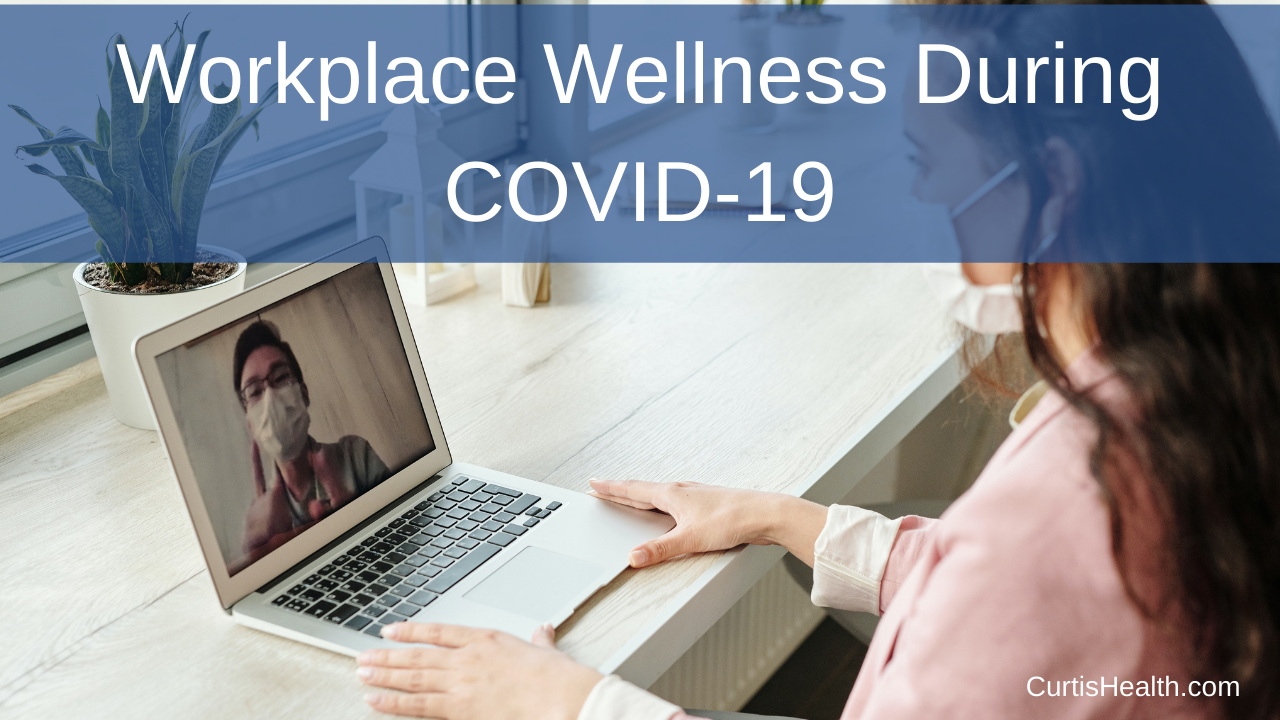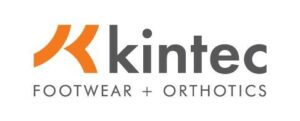How do employers make the best of Workplace Wellness programs during the pandemic?
First, the transition to working from home caused a great deal of stress. Now, returning to work is having the same impact. Whether employees continue to work from home or are forced to return to the office for any reason, they must be provided a consistent, wholesome wellness experience.
A holistic employee wellness program requires a combination of mental and physical health as its top priority. Currently, the owner of most well-being programs in organizations is HR because traditionally well-being was a culture issue. With the hybrid model of or working from home and/or the office, organizations that have made the pivot with digital wellness platforms will help combat the anxiety and stress their teams are experiencing to aid in lasting change and job satisfaction. So how then do organizations pivot and find wellness solutions that will work?
Below are some tips on how to these services can be provided:
- Reward-based gamification of the wellness process: Incentivizing wellness goal achievements can help employees reach their wellness goals – but only if they are so motivated.
- Webinars on holistic wellness: Learning/Training is an essential aspect of workplace wellness. And webinars can largely aid awareness creation about the importance of wellness for personal well-being as well as organizational performance. For example, as employees navigate uncertain financial times, providing educational resources through webinars and forums for people to ask questions and share concerns can be very valuable.
- Telehealth and online counseling programs: These programs address any of the physical, mental, or financial aspects of well-being, especially for a remote workforce. Some of the roadblocks our teams are facing can be very overwhelming.
- On demand of live movement breaks. Providing a wide range of movements, from stretching at your desk to Yoga and total body conditioning can aid in your teams physical and mental well being.
Regardless of the number of elements required to build an employee wellness program, it must always be holistic, delivered preferably from one platform, and must be easy to access.
Once the wellness model has been created, communication is key. Present the programs available to employees and encourage participation, perhaps in a group setting.
In addition to ease of access, the effectiveness of a wellness program largely lies in how its value is communicated to employees. Explaining what the wellness program offers, how it can benefit each aspect of wellness for every employee, and it can help them improve their workplace performance is a good place to begin. It also subtly encourages participation and conveys to them that the workplace cares enough to invest in their wellness.
Employee Wellness is key to talent acquisition, engagement, and retention. An employee wellness program will evolve with time, but it must be a priority right now. Please do note that measuring the effectiveness of your program regularly will be essential to its long-term evolution into something sustainable and scalable across a distributed workforce.
In a workplace impacted by COVID-19, not focusing on employee well-being can heavily diminish the employee experience. While the workplaces we operate in today (and will operate in for the foreseeable future) are a lot different than the ones that existed in January, organizations will still compete for top talent. Those that spotlight mental & physical health, financial wellness, childcare, shifts that work for all, and an individual’s sense of meaning at work will while feeling cared for will have an advantage in these trying times.
For help in creating your employee wellness programs or more information, please contact Sue Conder.
***************************************
Sue Conder, Curtis Health’s Sales & Marketing Manager, specializing in workplace wellness strategies.




